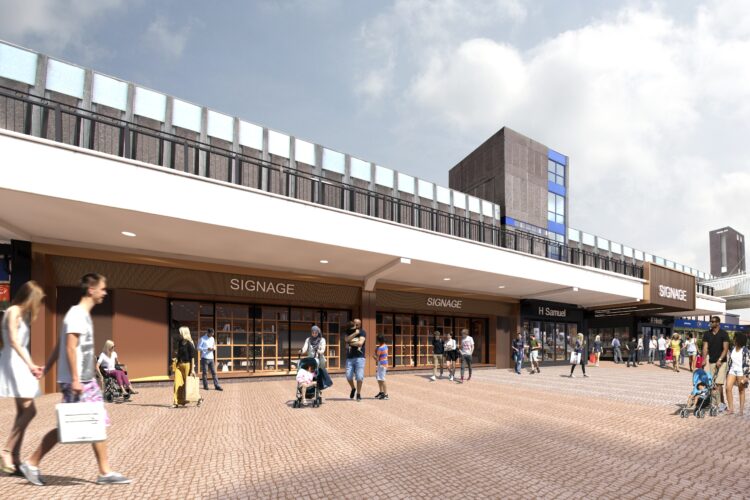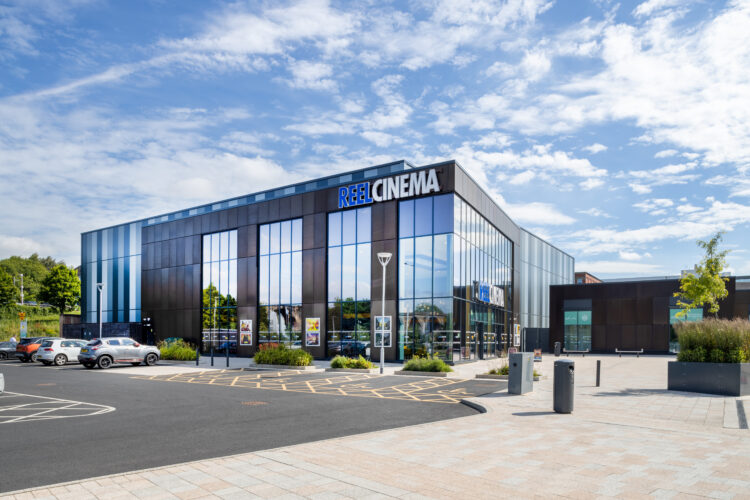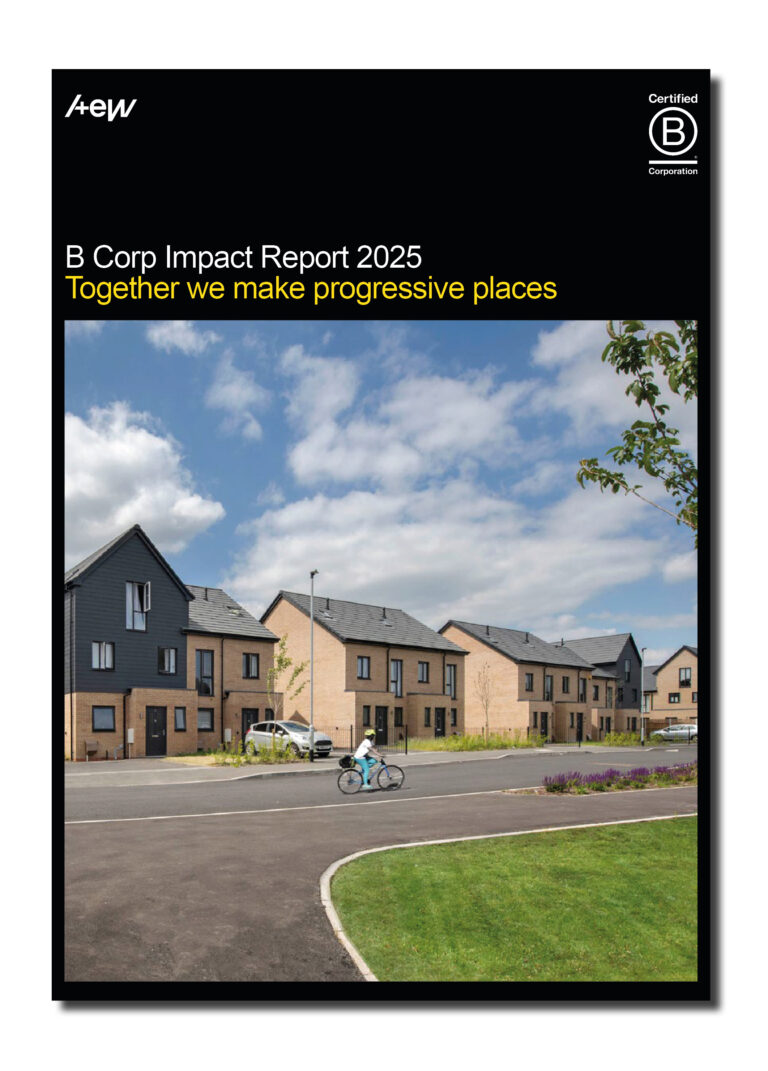Insight: Future Proofing our Towns and Cities
Share Article
Downloads
As a longstanding member of the Greater Manchester Chamber of Commerce, I recently had the privilege of joining their Annual Property & Construction Summit and hosting the “Future proofing our town and city centres” workshop. In this session, I was joined by Karen Hurst of Maple Grove Developments, Aisling McNulty of Bruntwood and Paul Richards of Stockport Mayoral Development Corporation/Stockport Council to discuss the challenges and opportunities faced in regenerating our towns and cities.
Below, I’ve share my key insights from the session and lessons gathered from AEW’s current regeneration projects.
The Problem
Ensuring the success of our town centres and high streets remains high on the political agenda and is a key concern for many people in the communities which they serve. Labour notably launched a five-point plan to “revive the UK high Street” in the run up to the elections and voters repeatedly told pollsters that “empty shops, high street decline and the wider state of the economy” remained key issues (BBC).
The need for intervention within our towns and cities is the result of several, well documented, factors – a changing society, evolving expectations and people adopting different ways of living, working and shopping. Town and city centres have failed to keep up with these changes and, as a result, many have become unloved.
The pandemic accelerated further change and demonstrated that ‘needs and wants of people’ can change quickly. Despite the challenges the pandemic brought to some areas, it did also help many towns, with a pendulum swing in attitudes which saw people flee to the suburbs for space and rediscover the amenities on their doorstep. The rise of “WFH” and the extra time saved on the commute, also helped revitalise demand for services and amenity, driving local town centre development. These were positive steps for some high streets but were often at the expense of others.
Another problem, which was also exacerbated by the pandemic, is online retail. In August 2014 internet sales accounted for 10.7% of total retail sales. Fast forward 10 years to June 2024, and this is now up to 25.9% (ONS Data). The internet is taking an even bigger share of our retail spending. Towns and cities can no longer rely on just retail tenants to attract and retain visitors – they must offer more.
Both town and city centres can continue to do well in harmony with each other and alongside online sales, but they must adapt and change and become destinations. As professionals in the built environment, we must play our part in realising this.
The Solution
Thankfully, a commitment to town and city centre regeneration has gained significant momentum over the past decade. This commitment is exemplified by successful projects like Altrincham Market which, since its completion ten years ago, has played a pivotal role in the town’s rejuvenation and acted as a catalyst for wider regeneration. The significant impact of such projects highlights the potential of strategic interventions in revitalising town and city centres, and this is something we must keep capitalising on.
Former governments also recognised the potential and launched initiatives such as the Future High Street and Towns Funds to help kick-start interventions in key areas. In Manchester, Andy Burnham’s Town Centre Challenge invited local councils to propose areas in need of transformation and provided support and resources to help rejuvenate these town centres – focusing on improving infrastructure, boosting local businesses, and enhancing the overall community experience. This initiative emphasised the need for local authorities to take charge of their town’s future through holistic planning rather than relying solely on disparate developments by private entities.
We have seen this in Stockport where Stockport Council took bold steps to purchase the Merseyway Shopping Centre and pioneer it’s transformation. Working alongside CBRE, who advised the Council on its purchase and provide ongoing asset management, we prepared proposals to redevelop and reposition the centre. This included developing designs, and securing Future High Streets funding, for Stockroom – an innovative new learning and knowledge hub which is currently under construction.

Successful town centre regeneration must also adopt a flexible, sustainable approach to planning and development, and incorporate diverse uses into masterplans and proposals.
At the Oldham Council owned Spindles Shopping Centre, we have developed robust proposals which have rationalised retail space and integrated new workspace, market, events, and archive spaces. Positively, the newly opened workspaces are already generating increased retail sales driven by the presence of council workers.
Work of this nature must also hinge on a deep understanding of community needs. Ultimately, a people-centric, flexible approach that prioritises community engagement, diverse uses, and strong partnerships will drive successful and sustainable town centre regeneration. Open dialogue, transparency, and a commitment to long-term collaboration are also essential to navigate unforeseen challenges and adapt to changing needs.
During our emerging work at Urmston, where we are collaborating with Trafford Council to develop the “Urmston town Plan”, our work has begun with in-depth client and community consultation. The public consultation event alone was attended by 200 respondents, and we will now analyse the responses and ideas put forward by the community and look at creating a vision for the area which will future proof the town as a successful, sustainable and dynamic ‘place’ over the next 15 years.
Finally, fostering public-private partnerships is also crucial. Public-private partnerships leverage local knowledge and external expertise and can help overcome cost and viability issues – streamlining procurement and accelerating projects.
At Pioneer Place Burnley, we have helped transform a brownfield site into a 7-screen cinema and several bars and restaurants. Our client, Maple Grove Developments, delivered the £23m project in partnership with landowner and funder Burnley Council. Further funding was provided by Lancashire County Council, the Governments Getting Building Fund (administered by Lancashire Enterprise Partnership) and Boohoo, one of Lancashire’s largest employers. It’s a success story of public private partnerships which has helped transform Burnley’s nighttime economy.

Summary
In summary, my key take-aways from the session were:
- Local authorities need to take charge of regeneration to ensure a holistic, joined up approach to planning and development.
- Regeneration proposals must be flexible and adaptable – complex projects can take many years.
- Stakeholders must look beyond traditional retail and focus on diverse yet complementary uses which create a destination for visitors.
- Regeneration must be based on a deep understanding of local needs – consultation is key.
- Public-private partnerships are integral. We must complement local knowledge with external expertise to streamline and accelerate projects.



